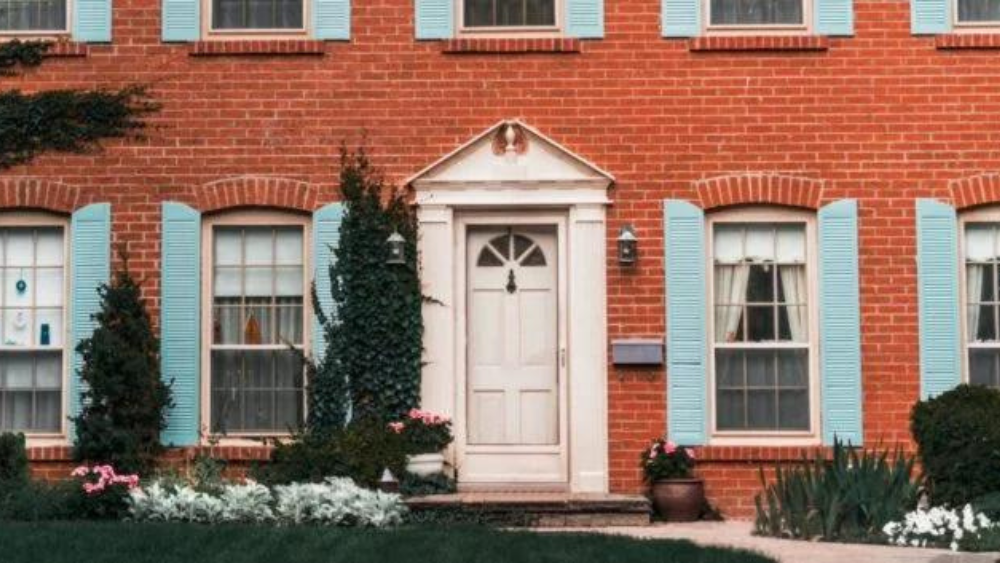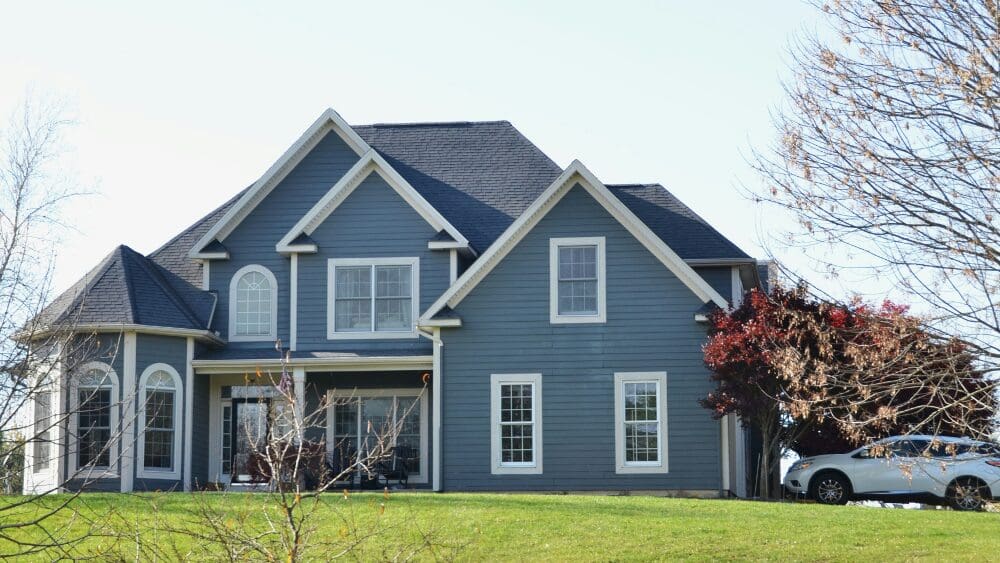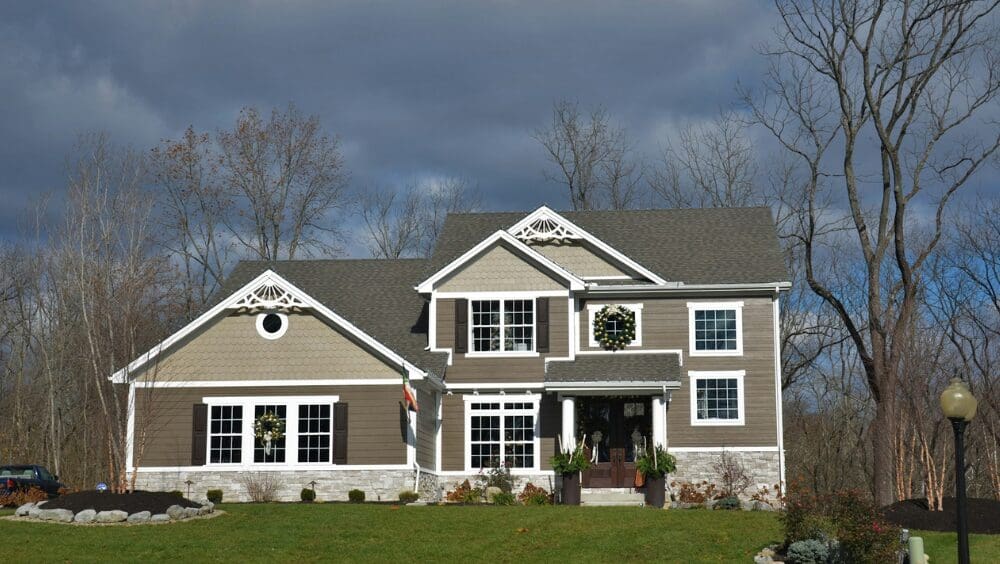
Maintaining impeccable curb appeal can be daunting for any homeowner. From keeping the siding spotless to the lawn freshly cut, the demands of achieving that picturesque front yard can be both time-consuming and costly. But there’s no denying the value that curb appeal brings, especially when it’s time to sell your home. So, how can you tackle these improvements without spending too much time and money? We’ve got you covered with our curb appeal guide, designed to provide you with practical, cost-effective solutions. With a focus on the most impactful and return-on-investment-worthy projects, we’ll help you understand what potential buyers are really looking for so you can maximize your home’s value. “Sellers want to minimize their investment to get their home sold, so I always tell them to focus on the items that would make a buyer walk away,” says Jenah Mahan, a top real estate agent in Tacoma, Washington. “A buyer isn’t going to walk away from your house because you don’t have a cute bench with pretty pillows on the front porch. Focus on the things that would kill a deal.” According to Mahan, anything the home appraiser is going to call out is what’s going to be a dealbreaker for buyers. That includes maintenance like roofing issues, peeling paint, or anything that could hint at foundation instability. “It doesn’t really matter how much mulch you put in the yard or how many flowers you add, because if your house has flaking paint or loose shingles or a gutter falling off, that’s going to trump anything that you make pretty,” Mahan says. Remember that your money should first go toward repairing what’s broken or removing anything that could signal hidden damage. Only after you make those fixes should you invest in projects that will make your home’s exterior look cleaner and more put together. The average buyer visits five houses during their home search, according to the National Association of Realtors. When a buyer approaches your home, you want the entrance to be inviting. The biggest problem areas to watch out for are: cracked or uneven pavement, missing brick pavers, broken steps, steep stairs, and missing or broken handrails. Broken pavement and stairs are top signifiers of disrepair. Even if the inside of your house is well taken care of, cracked concrete and an unsafe entryway could signal negative feelings or safety concerns. The cost to repair pathways ranges from $707 to $2,312, according to HomeAdvisor. The color of a home’s front door should invite a buyer in. Check with your neighborhood homeowner’s association, if you have one, to see if there are any restrictions in terms of color. Though painting your front door is not a necessity, a fresh coat can make the exterior look bright and clean. According to Home Advisor, the cost to paint a front door ranges from $100 to $500, so it’s usually a worthwhile expense. Make sure your front porch (if you have one) looks stable, sturdy, and clean. “If I see a sagging front porch or something that doesn’t look correct on the front porch, it’s immediately going to make me think that there might be a foundation issue even if there’s not,” Mahan cautions. “Fix it so that people don’t look into something that maybe isn’t there.” According to Fixr, the average cost to repair a front porch is $250 to $1,500. A website like Yelp or Angi can help you find a reputable contractor who can give you an estimate for the repairs your porch needs. 81% of first-time buyers see lighting as an essential or desirable part of outdoor living space, according to the National Association of Home Builders. Good lighting welcomes guests and plays a role in the safety of a home. It illuminates the landscaping and pathways at night and helps to prevent theft. Switch out old light bulbs, clear away any cobwebs, and change out any dysfunctional lights. The cost to install an exterior light fixture ranges from $94-$186, according to HomeWyse.Prioritize must-fix issues
Curb appeal tips for your front entrance
Pathways and steps
Front door
Front porch
Exterior lighting



